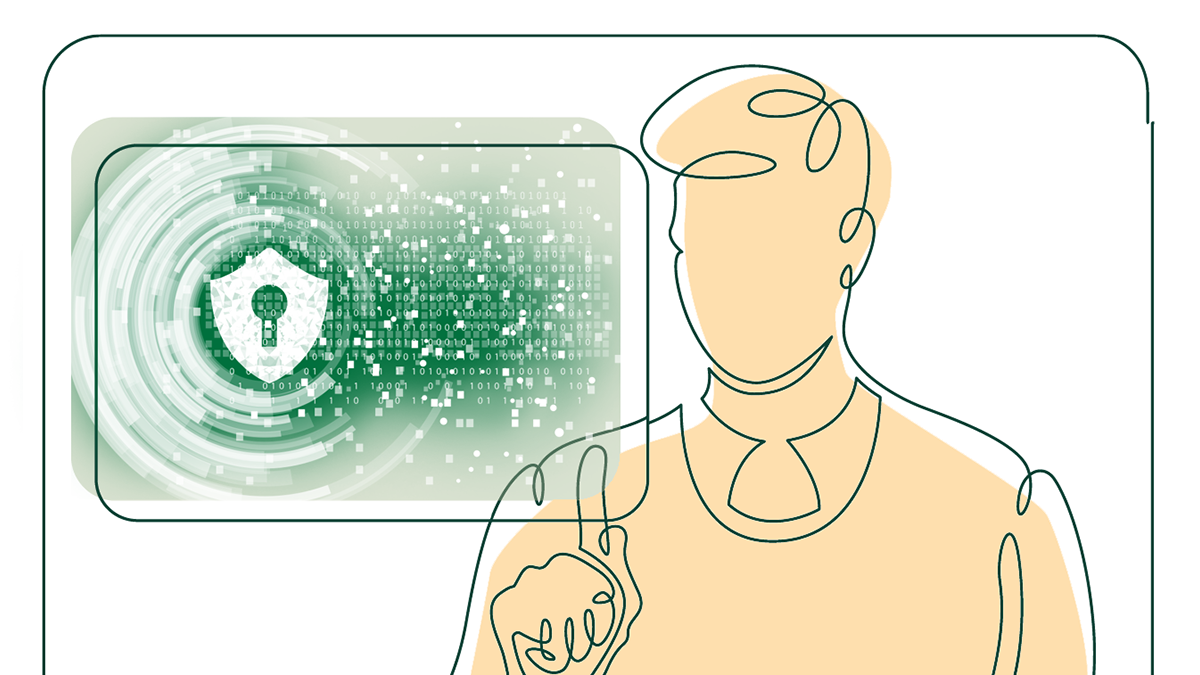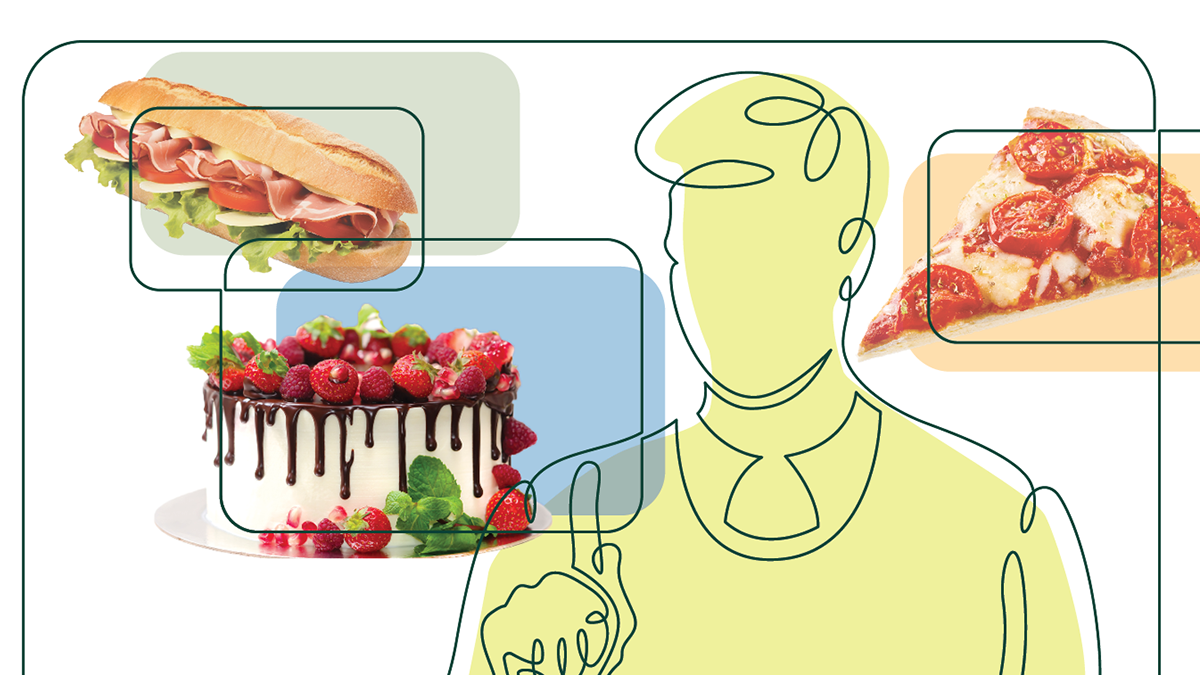 Center Store brands are pulling out all the stops to optimize their businesses for ecommerce. They are moving ahead quickly with plans and activities. Here’s how they are doing it:
Center Store brands are pulling out all the stops to optimize their businesses for ecommerce. They are moving ahead quickly with plans and activities. Here’s how they are doing it:
- Creating partnerships with on-line and omnichannel retailers
- Fostering direct relationships with consumers online
- Rolling out branding that aligns well with the web and mobile devices
- Creating packaging that is easier to ship
- Optimizing supply chain issues
Retailers need to understand these ecommerce moves at a time when consumers are looking to a wider variety of channels to solve their needs.
Innovating Online:Snack industry giant Mondelez International has been ramping up its focus on ecommerce. The company’s net revenues from this segment grew more than 40 percent in 2017.
The key to growth is viewing the ecommerce channel in its proper light, said Jeff Jarrett, Mondelez’s vice president, global head of Ecommerce, in a presentation at Grocerytalk.
“A lot of CPG brand managers today still think of ecommerce as a sales channel, rather than a marketing and innovation platform,” he said. However, the latter is where “we see big growth opportunities going forward. You need to leverage the information you have about consumers and engage with them.”
The company will be using ecommerce to drive “news and buzzworthiness” for its core portfolio, including through unique flavors and personalization.
As one example, it is piloting an Oreo Cookie Club to offer unique flavors on a subscription basis.
Enabling Shopper Missions: Ecommerce can help drive sales in numerous categories because of its ability to support shopper buying missions.
A good example is the beer category, which involves a wide range of buying occasions.
“The beauty of ecommerce is that different missions are enabled,” said Guilherme Lebelson, vice president of Global Ecommerce, AB InBev/ZX Ventures. ZX Ventures is a growth and innovation group within global brewer AB InBev.
“There are so many discovery options in craft beer,” he said. “If you like this IPA, you’ll probably like that one.”
Brands need to make investments in e-commerce to take advantage of the opportunities, he emphasized. “Five years ago you had to convince people to put marketing dollars into Facebook and Google. That was solved. Now it’s about investing in e-commerce.”
Addressing Supply Chain: Individual CPGs don’t have full control over packaging and supply chain issues related to ecommerce. They need to rely on partnerships and collaborations to drive change throughout the industry.
Oskar Kaszubski, vice president of Ecommerce Acceleration, Kellogg, urged industry players to come together to tackle supply chain issues.
“Let’s sit down as industry to create similar packaging across products,” he said, explaining it will help with automation. “This will help us scale.”
The opportunities, however, go beyond packaging. “We need to create a product consortium, work together, and solve issues such as packaging and last mile delivery. We need to work together with other CPGs on supply chain issues.”
Moreover, a large CPG company like Kellogg needs to keep enhancing its product portfolio and move ahead quickly and skillfully in ecommerce.
“We need to advance or we’ll get out-innovated by smaller startups,” he said. “E-commerce is a democratic platform. Anyone can start and build brand from the ground up.”
CPG brands are experimenting and learning as they navigate ecommerce. Retailers need to understand the strategies of these brands and consider innovative partnerships. The end goal is to make sure consumers find what they need, regardless of where they are in this omnichannel environment.


 Industry Topics address your specific area of expertise with resources, reports, events and more.
Industry Topics address your specific area of expertise with resources, reports, events and more.
 Our Research covers consumer behavior and retail operation benchmarks so you can make informed business decisions.
Our Research covers consumer behavior and retail operation benchmarks so you can make informed business decisions.
 Events and Education including online and in-person help you advance your food retail career.
Events and Education including online and in-person help you advance your food retail career.
 Food Safety training, resources and guidance that help you create a company food safety culture.
Food Safety training, resources and guidance that help you create a company food safety culture.
 Government Affairs work — federal and state — on the latest food industry policy, regulatory and legislative issues.
Government Affairs work — federal and state — on the latest food industry policy, regulatory and legislative issues.
 Get Involved. From industry awards to newsletters and committees, these resources help you take advantage of your membership.
Get Involved. From industry awards to newsletters and committees, these resources help you take advantage of your membership.
 Best practices, guidance documents, infographics, signage and more for the food industry on the COVID-19 pandemic.
Best practices, guidance documents, infographics, signage and more for the food industry on the COVID-19 pandemic.
